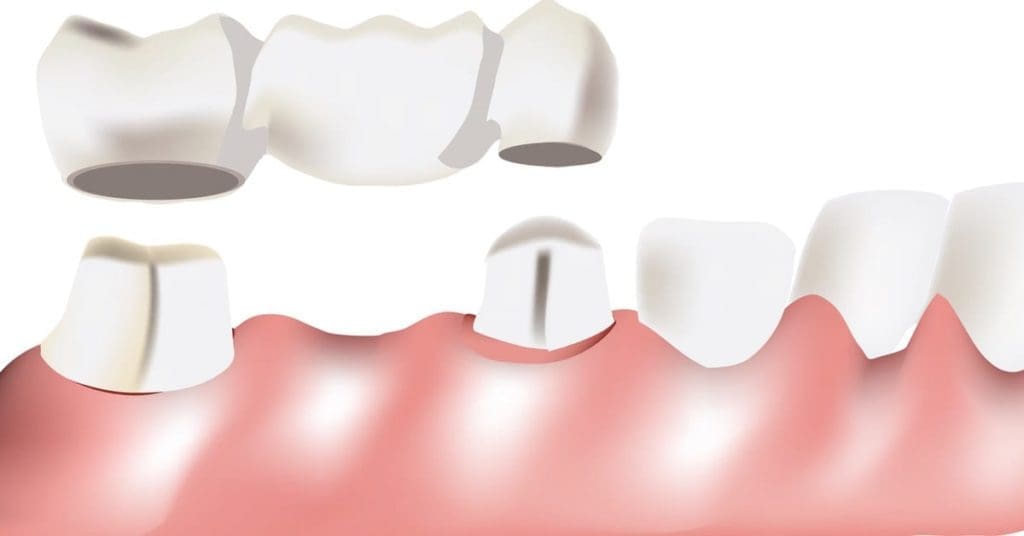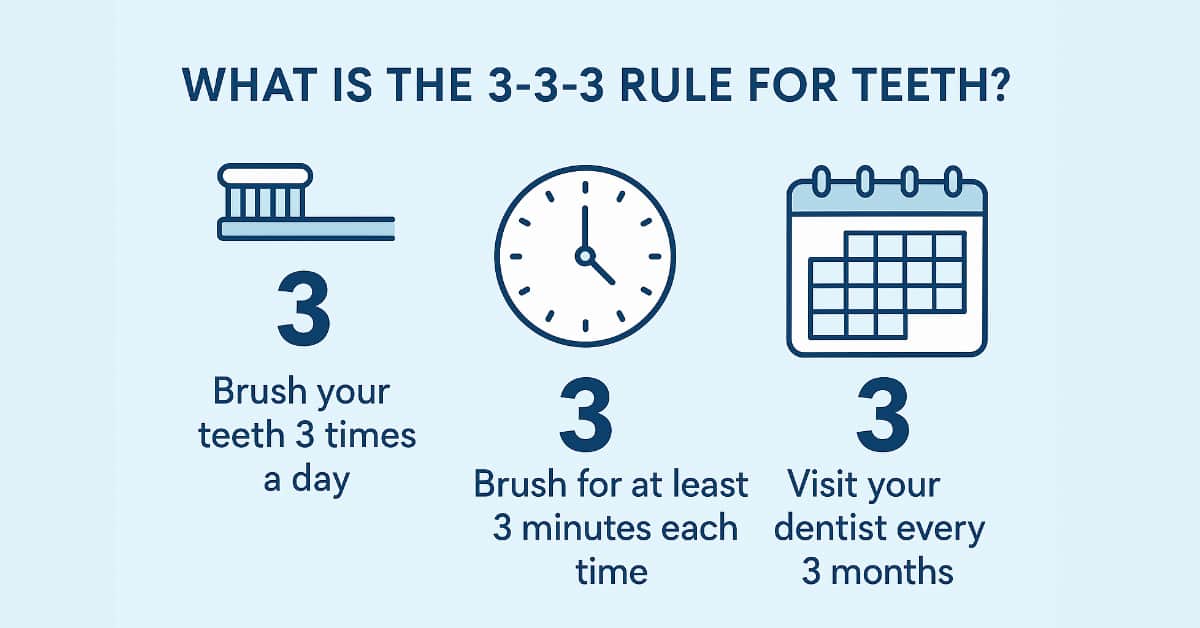Updated November 2025
The Importance of Dental Bridges
According to the American Dental Association, two-thirds of adults have lost at least one tooth by the time they are 45 years old. The most common reasons are accidents, tooth decay, and root canals that could not save a tooth.
Regardless of the reason for missing teeth, it is important to visit a dentist to replace them as soon as possible. That is because tooth loss presents more than just a cosmetic concern. When you are missing even a single tooth, it causes the remaining teeth to shift towards the open position. This can cause a range of oral health problems, including:
- Problems with your bite
- Improper alignment
- Increased risk of tooth decay, gum disease, and temporomandibular joint disorder (TMJ)
- Facial sagging
What is a Dental Bridge?

A dental bridge relies on the support of neighboring teeth to conceal the spot left by missing teeth. A dentist attaches one or more replacement teeth to the supportive hardware when he or she installs your dental bridge. The type that your dentist places depend on your unique situation. The most common types of bridges include:
- Fixed bridge: With this type of bridge, your dentist attaches a crown to either end with your new replacement teeth between them. The crowns go on top of your natural teeth to the immediate left and right of where he or she is replacing your missing teeth. Your new teeth rest securely on your gum line. Your dentist can place a fixed bridge at any location in your mouth.
- Resin-bonded bridge: Also known as a Maryland bridge, a resin-bonded bridge includes replacement teeth that cover a gap in your mouth. Your dentist attaches metal bands to the neighboring teeth for support. This type of bridge is ideal when you are missing teeth in the front of your mouth because your dentist can place the metal bands behind the teeth. It’s also a good alternative when your supporting teeth are still strong and don’t need a crown.
- Cantilever bridge: This type uses only one nearby tooth for support. It is usually the best solution to replace a missing tooth in the back of your mouth or another location when only one tooth is available to provide anchoring support.
Dentists can create new dental bridges from alloy, gold, porcelain, or a combination of these materials. Your dentist considers your preferences, budget, and tooth replacement needs when making a specific recommendation.

Updated for 2025: Modern Options for Dental Bridges
Since this article was first written, dentistry has continued to advance. Today’s dental bridges are stronger, more natural-looking, and more comfortable than ever before, giving patients even better long-term solutions for missing teeth.
New Materials for a More Natural Look
Modern bridges are often made with:
- Zirconia and advanced porcelains that closely mimic natural enamel
- Metal-free options for patients with metal sensitivities
- Stronger substructures that better withstand biting and chewing forces
These materials allow your dentist to match the shade and translucency of your surrounding teeth, so your bridge blends seamlessly into your smile.
Digital Impressions & Precise Fit
Many practices now use digital scanners instead of traditional impression trays. Digital technology can:
- Capture a highly accurate 3D image of your teeth and gums
- Improve the fit and comfort of your bridge
- Shorten turnaround time from the lab
- Make future repairs or replacement easier because your digital scan is saved
A precise fit means less irritation, better function, and a bridge that feels more like your natural teeth.
Dental Bridges and Implants: More Ways to Replace Teeth
In some cases, dentists may now recommend implant-supported bridges. Instead of relying only on neighboring teeth, small titanium implants in the jawbone can support the bridge. This may:
- Help preserve jawbone volume after tooth loss
- Avoid placing crowns on otherwise healthy neighboring teeth
- Provide exceptional stability for speaking and chewing
Your dentist will review whether a traditional bridge, an implant-supported bridge, or another option is best for your health, budget, and goals.
How Long Do Dental Bridges Last Today?
With proper care, many patients enjoy their dental bridges for 10–15 years or longer. Longevity depends on:
- Good daily brushing and flossing (including around and under the bridge)
- Regular professional cleanings and checkups
- Protecting your teeth from grinding or clenching with a night guard if needed
- Treating gum disease or decay early, before it can affect the supporting teeth
Your dentist will monitor your bridge at each visit to ensure it remains stable and healthy.
Are You a Candidate for a Dental Bridge?
You may be a good candidate for a bridge today if you:
- Are missing one or more teeth in a row
- Have healthy supporting teeth or are able to receive implants
- Want a fixed (non-removable) solution that looks and feels natural
- Are ready to commit to good home care and regular dental visits
If you’re unsure which tooth replacement option is right for you, a personalized evaluation is the best place to start.
Dental Bridges, Are They For You?
To learn more about dental bridges, contact Suburban Essex Dental located in West Orange, NJ.
Our friendly staff and professional Dentist, Dr. Paul Feldman will be happy to help. Dr. Paul Feldman, DMD, FAGD, FICOI has been rated “Top Dentist” in the New Jersey Monthly since 2012 and still going strong. Contact Suburban Essex Dental to set up an appointment and we will be happy to help you fix your missing teeth issues as well as any other dental concerns you may have.





